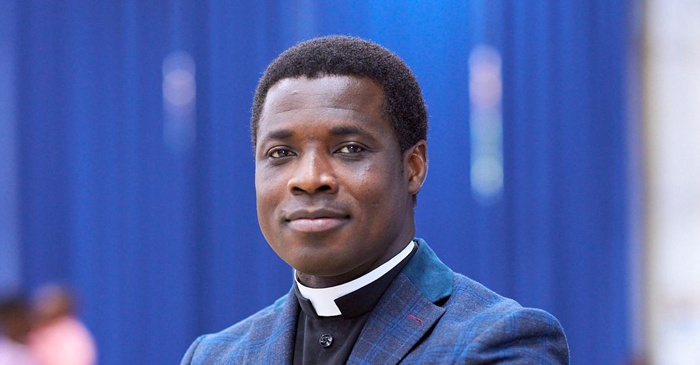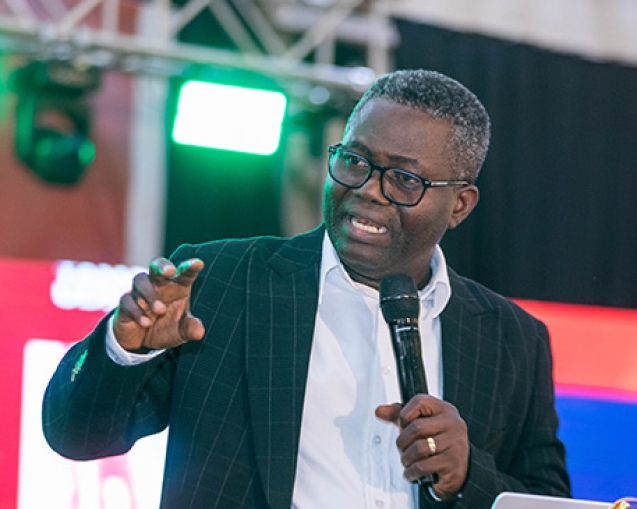The piano serves as a striking emblem of harmony, balance, and diversity, with its white and black keys collaborating to produce exquisite melodies. This simple yet profound instrument mirrors the essence of the city church, where diverse people and cultures come together to form a unified community. In this article, I will explore the philosophy behind the piano’s white and black keys, drawing moral and socio-cultural lessons that can be applied to the concept of City Churches. Through practical examples, I will demonstrate how this metaphor can guide urban ministry and foster a thriving, inclusive church community.
The White and Black Keys: A Symbol of Diversity and Unity
The piano is composed of 88 keys, with 52 white keys and 36 black keys. While the white keys form the basis of the musical scale, the black keys provide the necessary sharps and flats that complete the tonal structure. Together, these keys allow for a full range of musical expression. Without one or the other, the piano would be incomplete, unable to produce the rich and varied sounds that it does.
Diversity in Unity
The white and black keys of the piano can be seen as representing the diversity within a city church. The white keys, which are more numerous, can symbolize the dominant culture or the majority group within the church, while the black keys represent the minority groups or those who bring different cultural perspectives. Each key, whether white or black, has its unique role in creating music. Similarly, each individual or cultural group within the church has something valuable to contribute to the overall harmony of the church.
The moral lesson here is that diversity should not only be tolerated but celebrated. Just as a pianist needs both white and black keys to play a complete piece, a city church needs the contributions of all its members to fulfill its mission. Theologically, this reflects the biblical concept of the body of Christ, where each member has a unique function, and the whole body is stronger when all parts work together (1 Corinthians 12:12-27).
Moral and Socio-Cultural Lessons for the City Church
1. Inclusivity and Belonging
One of the most critical lessons from the piano’s white and black keys is the importance of inclusivity. In many urban areas, city churches are often melting pots of different cultures, languages, and socioeconomic backgrounds. The church should foster an inclusive atmosphere where everyone feels a sense of belonging, no matter their background. This can be accomplished by welcoming cultural diversity in worship, leadership, and community activities.
For example, a city church in a multicultural area might include different languages in their services, incorporate various cultural music styles, and celebrate the diverse holidays and traditions of its members. By doing so, the church acknowledges the value of each culture and ensures that everyone feels seen and respected.
2. Unity in Diversity
While diversity is essential, it must be balanced with unity. The black and white keys on a piano are not played in isolation but are integrated into harmonious melodies. Similarly, a city church must find ways to bring its diverse members together in unity, focusing on common goals and shared values. This can be achieved through intentional efforts to build relationships across cultural and social divides, fostering a sense of community and mutual support.
A practical example of this might be organizing small groups or ministry teams that include members from different cultural backgrounds. These groups can work together on projects that serve the community, such as feeding the homeless or providing after-school programmes for children. Through these shared experiences, members can learn from one another, build trust, and develop a stronger sense of unity.
3. Mutual Respect and Learning
Each of the piano’s white and black keys has its distinct sound, but together they create harmony. In the city church, this can be seen as a call for mutual respect and learning among its members. Just as a pianist must learn to play both sets of keys to create beautiful music, members of a city church must learn to appreciate and learn from one another’s differences.
This can be facilitated through educational programmes that explore the different cultures represented in the church. For instance, a city church might host cultural exchange nights, where members can share their traditions, food, and stories. This not only fosters mutual respect but also deepens the understanding and appreciation of each other’s backgrounds.
4. The Role of Leadership in Balancing Diversity
The piano player must skillfully navigate between the white and black keys to produce harmonious music. Similarly, the leadership of a city church plays a crucial role in balancing diversity and maintaining unity. Leaders must be intentional in their efforts to include voices from different cultural backgrounds in decision-making processes and ensure that the church’s practices reflect its diverse membership.
A practical example might be forming a leadership team that reflects the church’s diversity. This team can work together to develop strategies for inclusive worship, community engagement, and conflict resolution. By doing so, the church demonstrates a commitment to valuing all its members and creating an environment where everyone can thrive.
The Socio-Cultural Implications of the City Church
1. The Church as a Microcosm of Society
The city church, with its diverse membership, can be seen as a microcosm of the broader society. How the church navigates its diversity can serve as a model for the wider community. By promoting inclusivity, unity, and mutual respect within its walls, the church can influence the surrounding society, advocating for social justice, equality, and peace.
For instance, a city church that actively engages in community service, such as supporting local schools, providing job training programmes, or advocating for affordable housing, can make a significant impact on the socio-economic conditions of its community. This engagement not only addresses immediate needs but also fosters a sense of solidarity and shared responsibility among the church’s diverse members.
2. Addressing Social Inequality
The black and white keys of the piano, while different, are equally important in creating music. This can be a powerful metaphor for addressing social inequality within the church and the broader society. The city church must be a place where all people, regardless of their social or economic status, are valued and given the opportunity to contribute.
This can be reflected in the church’s outreach programmes, which should be designed to meet the needs of all community members, not just those who are already well-off. For example, a city church might offer financial literacy classes, job placement services, or healthcare clinics for low-income families. By addressing these social inequalities, the church not only fulfills its moral and theological obligations but also strengthens the overall health of the community.
3. Bridging Cultural Divides
Urban areas often face cultural divides that can lead to tension and conflict. The city church, with its diverse membership, is uniquely positioned to bridge these divides. By fostering dialogue, understanding, and collaboration among its members, the church can help to heal cultural wounds and build a more inclusive society.
For example, a city church might host interfaith dialogues, where members of different religious or cultural backgrounds can come together to discuss their beliefs and find common ground. These dialogues can help to break down stereotypes, build relationships, and promote a culture of peace and understanding within the broader community.
4. The City Church as a Catalyst for Social Change
The city church, with its diverse and engaged membership, has the potential to be a catalyst for social change. By leveraging its resources, networks, and moral authority, the church can advocate for policies and initiatives that promote justice, equality, and the well-being of all people. This might involve partnering with other organizations to address systemic issues such as poverty, racism, or environmental degradation. The church can also play a role in mobilizing its members to engage in civic activities, such as voting, volunteering, or participating in community organizing efforts. Through these actions, the city church can help to shape the future of its community and contribute to the creation of a more just and equitable society.
Conclusion
The piano’s white and black keys offer a powerful metaphor for the city church, highlighting the importance of diversity, unity, and harmony. By embracing these principles, the city church can create a vibrant, inclusive community that reflects the beauty and complexity of the kingdom of God. Through practical examples and a commitment to social and cultural engagement, the city church can be a beacon of hope and a force for positive change in the urban landscape. Just as a pianist expertly moves across the keys to create beautiful melodies, the city church must also adeptly manage its diversity to foster a harmonious and flourishing community.
By Pastor Fred Amoakohene Sarpong (Lecturer, Pentecost University/Resident Minister, PMKY Worship Centre, Kasoa Area)


















